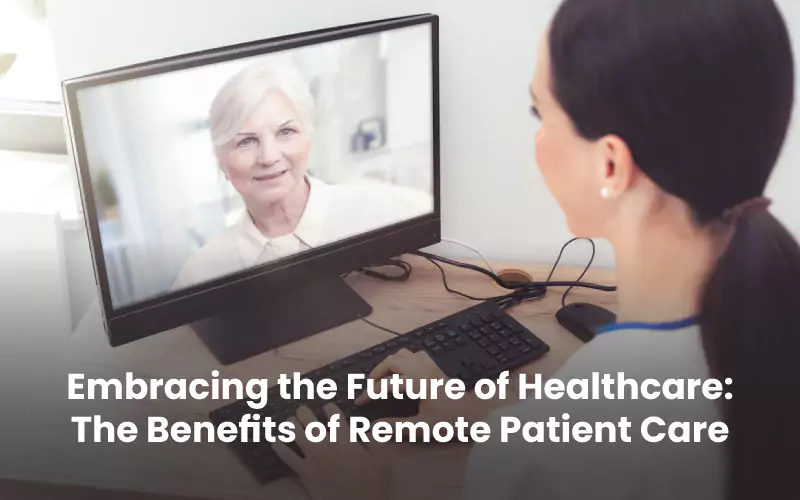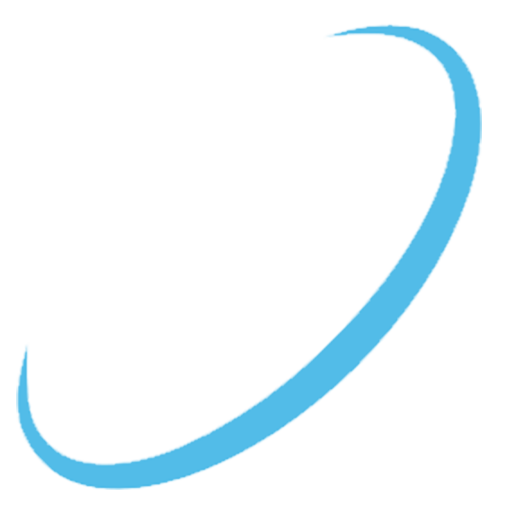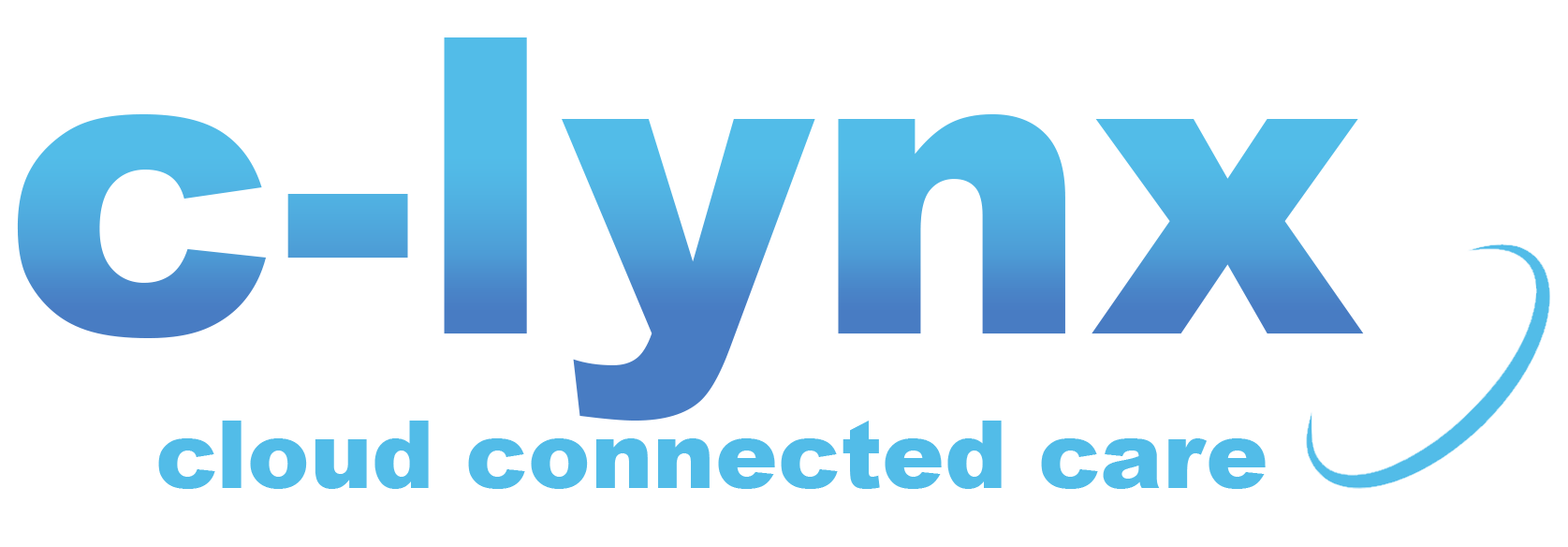Embracing the Future of Healthcare: The Benefits of Remote Patient Care

Introduction
The healthcare landscape is rapidly evolving, and one of the most significant transformations is the rise of remote patient care. Remote patient care, facilitated by advanced technologies and telehealth solutions, is revolutionizing the way healthcare is delivered. Let us explore the benefits of remote patient care and its potential to shape the future of healthcare.
Enhancing Access to Care: Telehealth and Remote Patient Monitoring
Remote patient care eliminates the constraints of physical distance, allowing patients to receive medical attention regardless of their geographical location. Telehealth services enable patients to consult with healthcare professionals through video calls, phone calls, or secure messaging platforms. Remote patient monitoring goes a step further, allowing healthcare providers to remotely monitor vital signs, chronic conditions, and overall health status from the comfort of the patient’s home.
Improved Chronic Disease Management: Remote Physiologic Monitoring
Remote patient care offers a lifeline for individuals with chronic conditions by providing continuous monitoring and proactive management. Remote physiologic monitoring enables healthcare providers to remotely track and analyze patients’ physiological data, such as blood pressure, heart rate, glucose levels, and more. This real-time data allows for early detection of potential issues and timely interventions, leading to better disease management and reduced hospitalizations.
Enhanced Patient Engagement and Empowerment: Remote Patient Management
Remote patient management empowers individuals to take an active role in their own healthcare. Patients can use remote monitoring devices and mobile applications to track their health metrics, access educational resources, and communicate with their healthcare team. This level of engagement fosters a sense of ownership and promotes healthier lifestyle choices, leading to improved health outcomes.
Cost Savings and Efficiency: Remote Care Monitoring
Remote patient care has the potential to significantly reduce healthcare costs. By avoiding unnecessary hospital visits and reducing readmissions, remote care monitoring optimizes resource utilization and improves overall healthcare efficiency. Additionally, remote patient care reduces travel expenses for patients and their families, especially for those residing in remote areas.
Personalized and Proactive Care: At-Home Patient Monitoring
At-home patient monitoring allows for personalized care tailored to each patient’s unique needs. Healthcare providers can develop customized care plans based on individual health data, enabling targeted interventions and proactive measures. This personalized approach fosters better patient-provider relationships and promotes a higher quality of care.
Collaboration and Continuity of Care: Home Health Monitoring Companies
Home health monitoring companies play a crucial role in facilitating remote patient care. These specialized organizations provide the necessary technology, support, and expertise to ensure seamless monitoring, data transmission, and collaboration between patients and healthcare professionals. This collaboration ensures continuity of care and bridges the gap between in-person visits.
Conclusion
Remote patient care, driven by telehealth and advanced monitoring technologies, is revolutionizing the healthcare landscape. The benefits of remote patient monitoring, telehealth consultations, and at-home health monitoring are extensive, ranging from improved access to care and enhanced chronic disease management to cost savings and personalized patient experiences. As the healthcare industry continues to embrace the future, remote patient care will undoubtedly play a vital role in shaping a patient-centric, efficient, and technologically advanced healthcare system.





